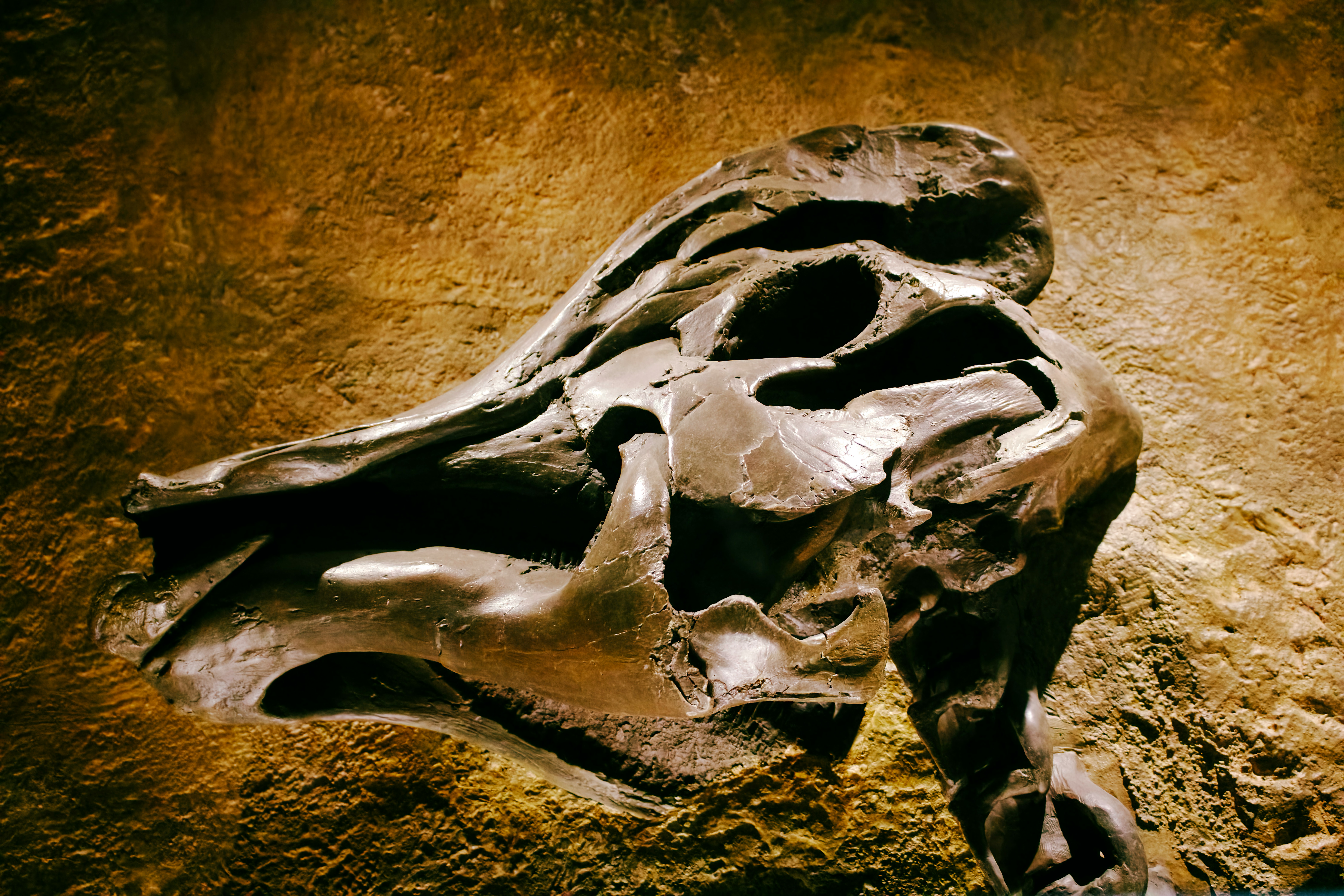A new study has found an interesting comparison between running and sitting and how the heart is shaped.
With the use of ultrasound imaging, the hearts of 160 adult men were studied. Four groups of men were studied: long-distance runners, highly-trained football linemen, Native American farmers know for their running ability, and sedentary men. For comparison purposes, 43 adult male chimpanzees were also studied. The largest difference in the heart was in the blood-pumping left ventricle.
Endurance runners and farmers had larger, elongated ventricles with thin walls. This makes sense because of the amount of blood that gets pumped for an extended period of time.
The football linemen, who experience short bursts with high intensity, had hearts that showed shorter, wider ventricles with thicker walls. The same was shown for the sedentary men. These rounder shaped, thicker walls are instrumental for linemen to ensure that blood is still flowing to the brain to maintain consciousness. The same can be said for the person who doesn’t participate in many activities at all. They need to get the blood pumping for the brain.
These endurance adaptations were likely to be beneficial for the early hunter-gatherers and farming ancestors. The chimps, whose activity level consists of short bursts of high-intensity exercises, had the shortest, but thickest ventricles. Their hearts fell in line with the linemen who had similar bursts of energy.
Researchers did emphasize that these changes in heart shape are most likely reversible. For the sedentary humans out there, they can undergo a change in their heart size and blood-flowing capabilities by incorporating some endurance activities into their daily routine.
































